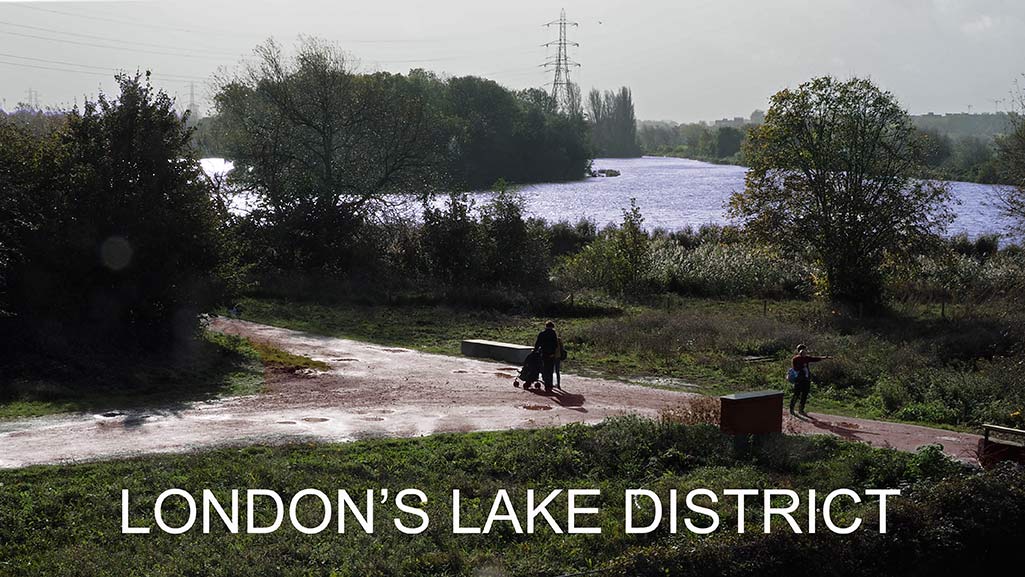London opens its largest new park for 470 years: Walthamstow Wetlands
Formerly known as Walthamstow Reservoirs, the Wetlands were opened to free access by members of the public on 17th October 2017. Its area is 211 hectares and the only 2 larger parks in London were formed by Henry VIII, who died 470 years ago in 1547. Two firms of landscape architects were involved. Chris Blandford Associates did the feasibility study and Lynn Kinnear KLA did the implementation. The London Wildlife Trust is now managing the habitats. Waltham Forest Council and the HLF contributed to the cost.
The Wetlands are a surprisingly beautiful place and should be managed to further develop the aesthetic quality of London’s Lake District. I love the way the ten reservoirs snuggle together like a nest of baby rabbits or mice. It’s exciting that they’re on different levels. The serpentine walks between the water bodies put one in mind o an eighteenth century landscape park – The Serpentine itself, or Studley Royal. The whole area is calm, relaxed and un-mannered. But I would not object to the use of fountains to help aerate the water and reduce blue-green algae bloom.
For urban landscape planners, the Wetlands are a great example of landscape urbanism. The aesthetic qualities of the park derive from the satisfaction of utilitarian objectives. In the modern world, no single-purpose park project could attract the funding necessary for such a great enterprise. In history, an ambitious king or emperor might have done it.
The Walthamstow Reservoirs were begun by the East London Waterworks Company in 1869 and made by cutting into the underlying alluvial deposits and using the arisings to form embankments. To keep the water pure they were fenced off from public access. The general introduction of drinking water treatment in the nineteenth and twentieth centuries made this level of protection unnecessary but the Thames Water Authority continued the defence of its territory and only permitted access to the reservoirs to registered members of angling and ornithological societies. The privatised Thames Water company has shown a more enlightened approach and by granting access to the Wetlands has given London a wonderful new public open space.

